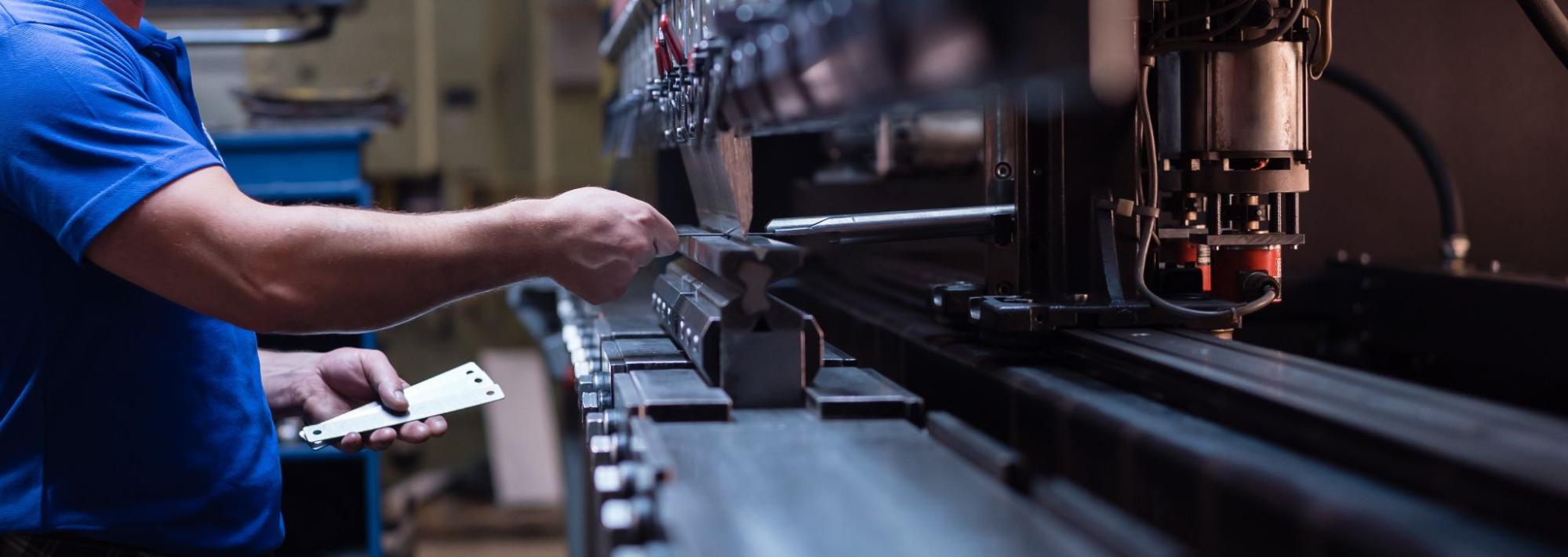Inspection systems play a vital role in ensuring quality, efficiency, and consistency in manufacturing. They help you detect defects early, save costs, and boost customer satisfaction. If you’re planning to implement an inspection system, this guide will walk you through the essential steps to get it right. Read on.
Define What Your Objectives Are
Start by asking yourself: Why do you need an inspection system? Are you aiming to improve product quality, reduce waste, or ensure regulatory compliance? Having clear objectives helps you design a system that meets your specific needs.
For example, if you’re in the automotive industry, you might need a system that ensures every part meets stringent safety standards. On the other hand, a food manufacturer might focus on detecting contamination or packaging defects.
Assess Your Current Process
Take a close look at your existing processes. What’s working well? What needs improvement? Map out your production line and identify where defects are most likely to occur.
For instance, if you’re noticing frequent issues in the assembly phase, that’s where you’ll want to focus your inspection efforts. Use this assessment to pinpoint weak spots and determine the type of inspection system you’ll need.
Don’t skip this step—it’s crucial for selecting the right solution.
Pick The Right Technology
Inspection systems aren’t one-size-fits-all. You’ve got plenty of options, from basic visual inspections to advanced AI-driven systems.

Popular technologies to consider include the following: checkweigher with metal detector machine systems, machine vision systems, x-ray inspections, 3D scanning, infrared systems, and many more.
To proceed, think about your budget, product requirements, and desired level of automation. Choose a technology that aligns with your goals and gives you room to scale.
Plan Your Budget
Inspection systems can be a significant investment, so it’s important to plan your budget wisely. Factor in costs for equipment, installation, training, and ongoing maintenance.
Don’t forget the potential cost savings. Catching defects early can prevent expensive recalls or production downtime. Calculate your return on investment (ROI) to justify the expenditure. Finally, remember, the cheapest option isn’t always the best – prioritize quality and reliability over short-term savings.
Train Your Team
Even the best inspection system won’t deliver results if your team doesn’t know how to use it. Training is key.
Start with a thorough onboarding process. Teach your employees how to operate the system, interpret results, and troubleshoot common issues. Provide hands-on training sessions and create easy-to-follow guides or manuals.
Ongoing training is just as important. As your team gets familiar with the system, encourage feedback and update training materials to reflect real-world experiences.
Integrate Well With Your Current Systems
Your inspection system should work seamlessly with your current setup. Integration minimizes disruptions and maximizes efficiency.
For instance, if you’re using manufacturing-specific software, look for an inspection system that can communicate directly with it. Automated data sharing reduces manual work and ensures you’ve got accurate, real-time insights. Don’t hesitate to consult your technology team or an integration specialist to smooth out any compatibility issues before implementation.
Test Out Before Jumping The Gun
Don’t roll out your inspection system across the entire production line all at once. Start small. Choose a single line or product batch for testing. During this phase, closely monitor how the system performs. Are there false positives? Is it catching all the defects? Use this time to fine-tune settings and address any issues.
Pilot testing is your safety net. It ensures a smoother transition when you’re ready to scale up and move forward.
Monitor And Maintain
Once your inspection system is up and running, regular monitoring is essential. Keep an eye on performance metrics like defect detection rates, false positives, and downtime.
Schedule routine maintenance to keep everything in top shape.

Regularly calibrate sensors, update software, and replace worn-out parts. A well-maintained system is a reliable system.
Don’t forget to analyze the data your system collects. Insights from this data can help you refine your processes and achieve continuous improvement.
Embrace Continuous Improvement
Do keep in mind the following: as your production line evolves, your inspection needs might change. Stay proactive. Review your system’s performance regularly. Are there new technologies that could improve accuracy or efficiency? Are your processes aligned with the latest industry standards? Keep pushing for better results.
And finally, encourage a culture of continuous improvement among your team. When everyone’s committed to quality, you’ll see long-term benefits.
Consider The Human Factor
While automation is powerful, human oversight is still critical. Your team’s expertise complements the system’s capabilities.
For example, a machine vision system might flag a potential defect, but a skilled technician can quickly determine whether it’s a false alarm. Foster collaboration between your team and the system to get the best results.
Final Words
Implementing an inspection system is a smart move for any manufacturer aiming to enhance quality and efficiency. By following these steps—defining objectives, assessing your process, choosing the right technology, and more—you’ll set yourself up for success.
Remember, the journey doesn’t end with installation. Continuous improvement, regular maintenance, and teamwork are key to maximizing the value of your inspection system.
Take action today. Start planning, invest in the right tools, and watch your manufacturing process transform. Your customers—and your bottom line—will thank you.




